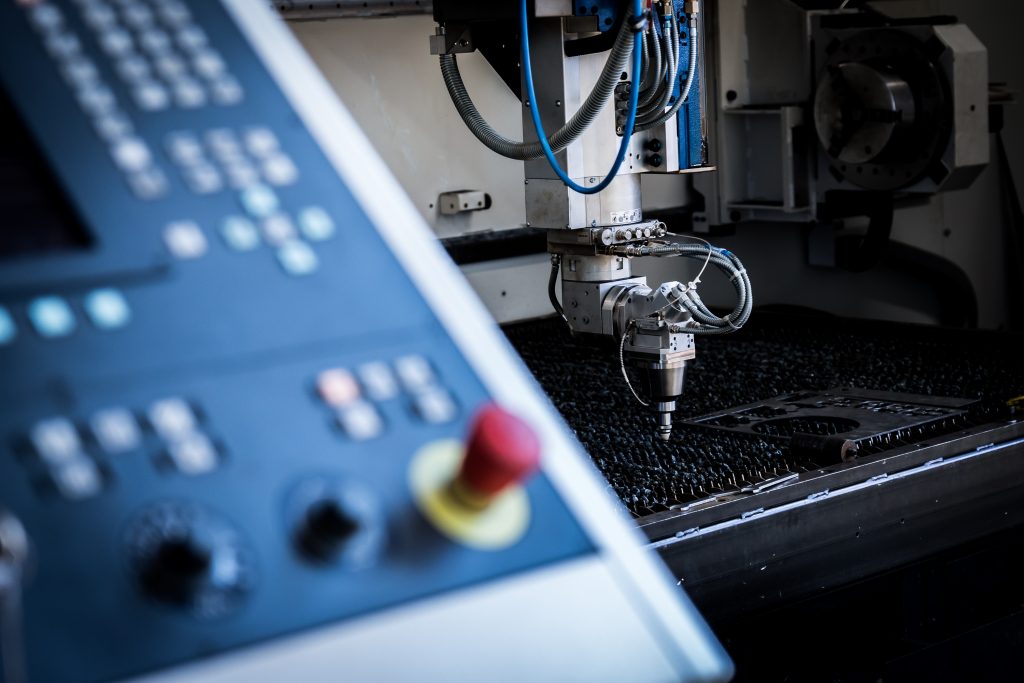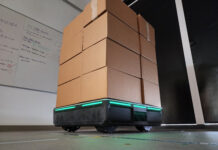Today’s industrial firms are ripe with opportunity.
While benefiting from a continued strong economy, driven by ongoing GDP growth and record-low unemployment, today’s manufacturing and industrial firms are faced with a unique challenge: how to keep up with growth while remaining financially solvent.
Business growth can be a double-edged sword in this industry. While new contracts and services bring in more revenue and support expansions, these opportunities also typically require additional equipment investment, which can be a costly endeavor.
When assessing equipment needs and making investment decisions, it’s important for owners, CFOs, and managers to be aware of the latest in financing strategies that can support their company’s equipment acquisitions without placing undue pressure on the bottom line.
As one of the largest providers of equipment finance in the U.S., below are several strategies that we see today’s industrial companies using to secure the equipment they need while saving costs.
Spread Costs Over Time
Today’s manufacturing and industrial firms are rapidly expanding. According to reshorenow.org, a record 1,389 companies announced the return of more than 145,000 reshoring jobs in 2018 alone.
As this work returns to the U.S., many companies are in need of the latest-and-greatest equipment in order to meet new production goals and accommodate clients nationwide. Robotics and automation are increasingly popular, and technology that fuels these innovations is changing rapidly.
While new equipment can offer improved efficiencies that often reduce costs down the line, there is a struggle in justifying the upfront capital expenditure required to purchase brand new equipment.
Based on this, many of today’s best companies are launching smart growth strategies through which they identify new opportunities to spread costs over time. Equipment financing is increasingly one of these strategies.
In many situations, it is just as beneficial to lease equipment rather than purchasing it. For the right equipment, many manufacturers and industrial companies are arranging operating or capital leases, explained in the next section of this article, to leverage today’s low interest rates and spread their capital expenditures over time.
By financing machinery and equipment over a period of years, these companies can ultimately save on costs and subsequently put more capital towards advanced technologies in more complex equipment.
 Select the Right Structure
Select the Right Structure
The right financing solution will vary by company needs and equipment type. Many manufacturers require certain core pieces as well as specialized or customized equipment that coincides with their particular industry demands.
These assets should be financed based on their usable life.
For example, core equipment such as CNC or material handling equipment can be used for many years without the need for an upgrade. For these pieces, a capital lease – which is essentially a lease-to-own structure – is typically the best solution.
With this strategy, companies keep their equipment purchase on balance sheet and are able to retain tax depreciation for book purposes. At the end of the lease term, which is typically 3-7 years, the company can purchase the equipment for either $1 or for a predetermined percentage of the original equipment cost, the latter of which can provide for improved monthly cash outflow since anywhere from 70-80% of the equipment cost will be amortized over the lease term.
By contrast, specialized machinery such as robotics and other automated manufacturing equipment – which relies on technology that is likely to be updated every three to five years – is a better candidate for an operating lease.
Operating leases come with the advantages of being off balance sheet, a lower monthly payment than their on balance sheet counterpart and the flexibility to defer ownership decisions until end-of-term. With this structure, manufacturers and other industrial companies can use the equipment during the term and then – if technology has advanced and a newer machine is needed – they can simply hand the old equipment back to their lender with no strings attached.
For instance, if a company pays $94,000 per month over five years for equipment on a capital lease, they will end up spending $5,640,000 over the term. This works well if the equipment can then operate effectively for many more years.
Alternately, if the machinery is subject to technological obsolescence by the end of the term, an operating lease can offer tremendous savings and flexibility. With this structure, the same company might pay $75,000 a month to use the equipment over the lease term while simultaneously saving the extra $225,600 per year to put toward their next upgrade. At the end of the lease, they will simply give the equipment back and use their savings to invest in equipment that features the very latest technology.
Diversify Lending Options
Many companies have long standing, trusted relationships with a bank and, more often than not, those are valuable relationships that help a manufacturing company or industrial firm grow.
That said, banks can be inflexible when it comes to equipment financing, based in part on their regulatory environment, and also due to their primary goal of holding appreciating assets on their book as opposed to depreciating equipment that undoubtedly loses value over time.
For that reason, many of today’s best manufacturing and industrial firms are diversifying their lending options by adding a second partner – one that is equipment-finance-specific.
While banks are typically unwilling to finance equipment over longer terms, an equipment-specific finance partner is comfortable having equipment on their books, giving them tremendous flexibility to negotiate terms that support the long-term growth of the borrower.
By diversifying, manufacturing and industrial firms can also more easily weigh their options when it comes to finance by evaluating the terms and interest rates offered by banks against those provided by equipment finance specialists. Often, this gives the company an opportunity to deepen negotiations and achieve a finance structure that is truly best for their company’s bottom line, both now and in the future.
The Bottom Line
Making the decision to purchase or lease equipment can be an integral part of a company’s growth. By strategically spreading costs over time, selecting different finance structures for different equipment types, and diversifying lender options, today’s manufacturing and industrial companies are finding the best ways to save costs and reinvest that capital into ongoing growth – ultimately positioning themselves for long-term success.












































